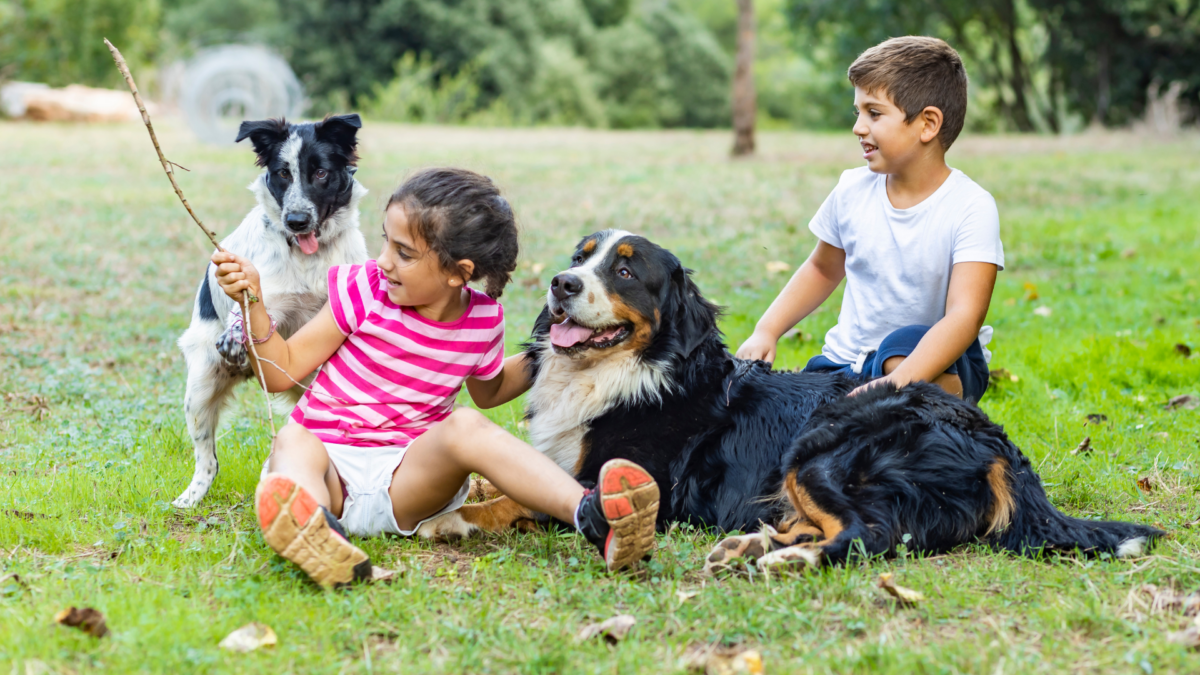Best Hamsters for Kids’ Responsibilities
Bringing a pet into the home is often a child’s first introduction to the responsibilities of caring for another living being. Among the numerous options available, hamsters stand out as one of the best pets for children. Their small size, friendly nature, and manageable care requirements make them ideal companions for young pet owners. In this article, we’ll explore the different types of hamsters suitable for kids, the responsibilities involved in hamster care, and how these adorable creatures can teach children valuable life skills.
Did you know that there are over 18 species of hamsters, but only a few are commonly kept as pets? This statistic illustrates the diversity available. Understanding the characteristics of each breed can help you select the right hamster for your child’s lifestyle. As we delve deeper into hamster breeds, care tips, and responsibility aspects, you’ll find the information you need to ensure a fulfilling pet ownership experience.
Understanding Hamster Breeds
When selecting a hamster for your child, it is essential to consider the breed. Different hamster breeds have unique temperaments, sizes, and care requirements. Here are the most popular hamster breeds suitable for kids:
Syrian Hamsters
Syrian hamsters, also known as golden hamsters, are the most common breed chosen as pets. These hamsters can grow to be about 6 to 7 inches long and are typically friendly, making them a great option for kids.
- Size: Medium-sized, about 6-7 inches
- Temperament: Friendly and social
- Care: Require spacious cages and playtime outside the cage
Dwarf Hamsters
Dwarf hamsters, including Campbell’s, Winter White, and Roborovski, are smaller than their Syrian counterparts, generally growing up to 4 inches long. They are active and can be playful, although their smaller size may make them a bit more delicate.
- Size: Small, about 2-4 inches
- Temperament: Active and curious
- Care: Slightly more delicate, may require gentler handling
Chinese Hamsters
Chinese hamsters are another option, known for their unique appearance and slightly longer tails. They are shy but can become friendly with proper handling.
- Size: Around 4 inches
- Temperament: Shy but can bond with their owners
- Care: Require socialization from an early age to become friendly
Hamster Care Responsibilities
Owning a hamster comes with responsibilities that can help children learn valuable life lessons. Here’s a look at some essential care tasks that are part of hamster ownership:
Feeding
Hamsters require a balanced diet that typically includes hamster pellets, fresh fruits, and vegetables. Teaching your child about proper nutrition can be an educational experience.
Feeding Tips:
- Provide fresh water daily.
- Limit treats to avoid obesity.
- Introduce new foods slowly to prevent digestive issues.
Cage Maintenance
Maintaining a clean living environment is critical for your hamster’s health. An unsanitary cage can lead to health problems.
Cage Cleaning Schedule:
- Spot clean daily.
- Change bedding weekly.
- Clean the entire cage once a month.
Socialization
Hamsters are social creatures and require regular interaction with their owners. Children can learn about empathy and responsibility through socializing with their pets.
Socialization Activities:
- Handle the hamster gently.
- Spend time playing outside the cage.
- Observe their behavior and responses.
Benefits of Owning a Hamster
Besides being adorable companions, hamsters offer numerous benefits for children:
Teaching Responsibility
Caring for a hamster teaches children accountability and the importance of meeting the needs of another being. Regularly performing care tasks helps develop a sense of routine and responsibility.
Emotional Support
Hamsters can provide emotional support and companionship, helping children feel less lonely. Interacting with pets has been shown to reduce anxiety and stress.
Learning about Animal Care
Owning a hamster offers an engaging way for children to learn about animal care, including nutritional needs, behaviors, and health issues.
“Kids who have pets often learn more about responsibility and caring for others. Hamsters are a great starting point for pet ownership.”
Challenges of Hamster Ownership
While hamsters are excellent pets, it is important to address some challenges. These include:
Time Commitment
Hamsters have specific needs that require daily attention. This can sometimes be a challenge for busy families.
Potential for Allergies
Some children may develop allergies to small pets; it’s vital to monitor for any adverse reactions before committing to ownership.
Handling Issues
Young children may struggle with proper handling techniques, which can lead to stress for the hamster or accidental injuries.
Conclusion
Choosing a hamster as a first pet can provide children with a fulfilling experience while teaching them vital life skills such as responsibility, empathy, and care. With proper guidance, kids can develop a strong bond with their new furry friend and mitigate the challenges that may arise. As parents, it is our role to help facilitate this process, ensuring that they learn and grow through this incredible opportunity. By understanding the differences in hamster breeds, as well as the responsibilities involved in their care, you can set the stage for creating a positive and enriching environment for both your child and their new pet.
For more insights on responsibility and pet care, you can check out this resource and this article.

Ultimately, a hamster can be a playful and loving addition to your family, providing endless joy and teaching children valuable lessons that will last a lifetime.
